Tag: natural instincts
-
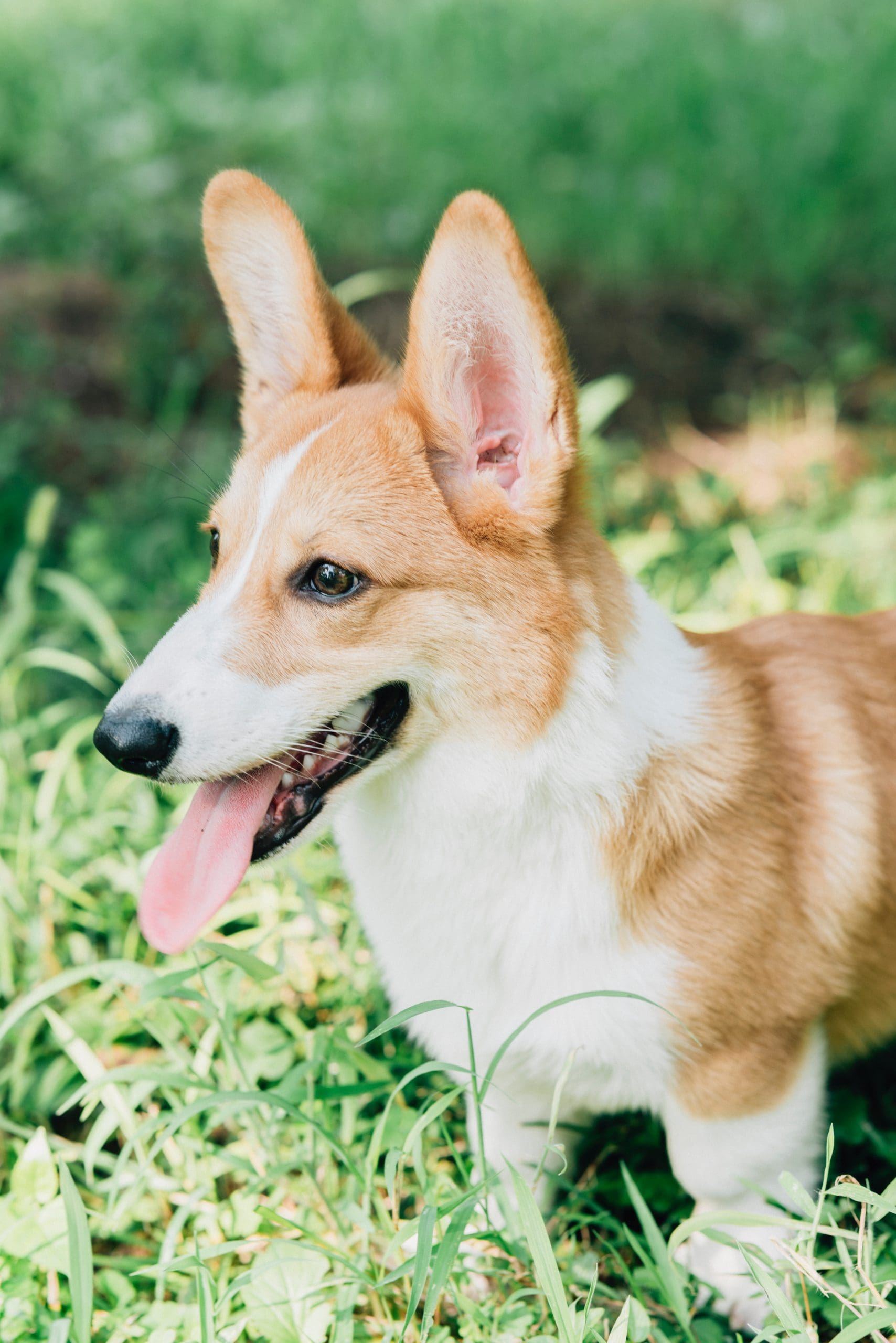
Why Does My Dog Lean On Me With His Backside?
It’s a familiar scene for many dog owners: you’re relaxing on the couch, and your dog leans against you, often with his backside facing you. This behavior may seem peculiar at first, but it serves as a meaningful form of communication. Understanding why your dog leans on you can strengthen your bond and enhance your…
-
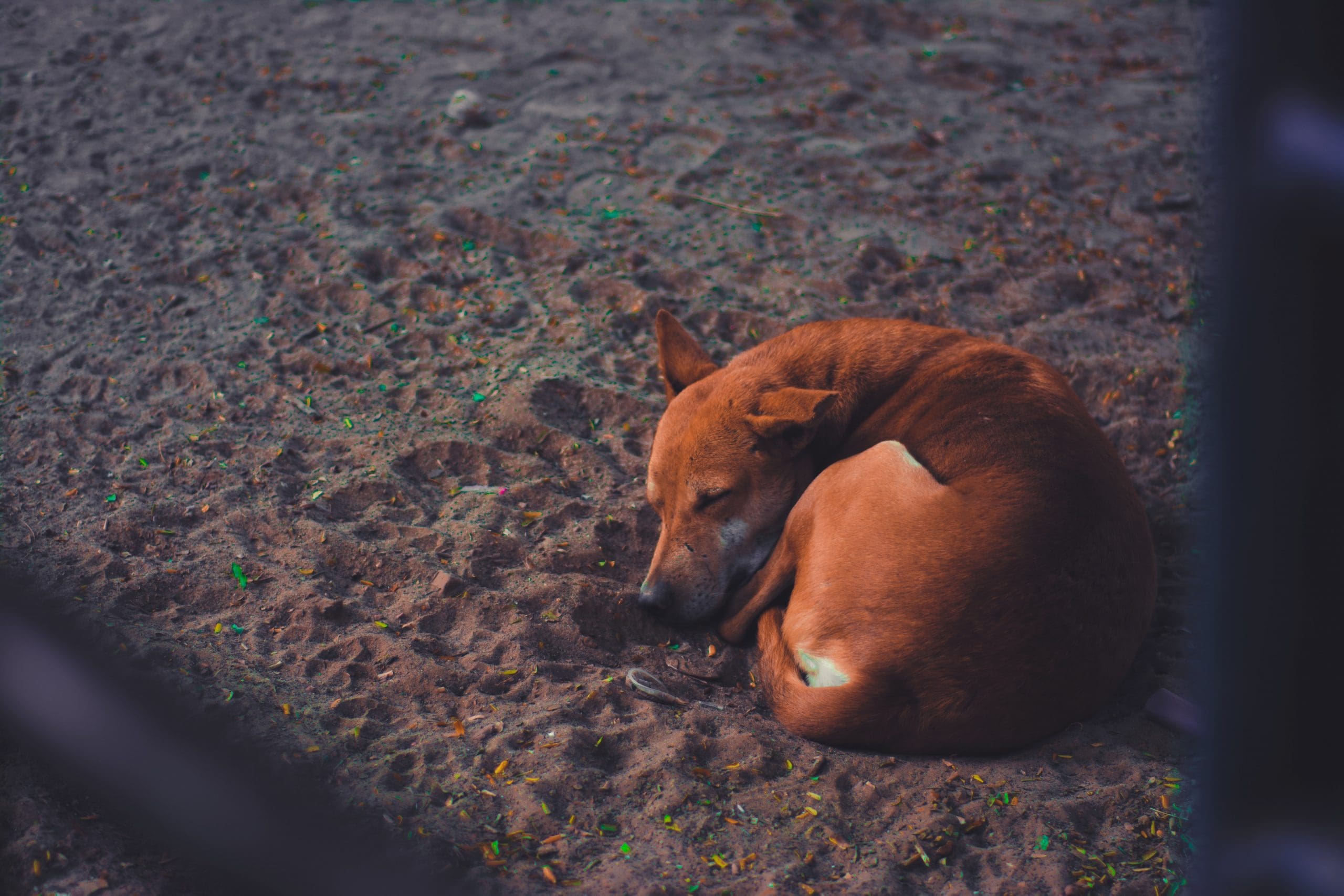
Why Do Dogs Sniff Before They Poop?
The ritual of dogs sniffing the ground prior to relieving themselves is a behavior that piques curiosity. Observing your dog circle and sniff intently might lead to questions about the reasons behind this habit. Delving into this natural instinct reveals insights into how dogs engage with their environment and each other. The Power of Smell…
-
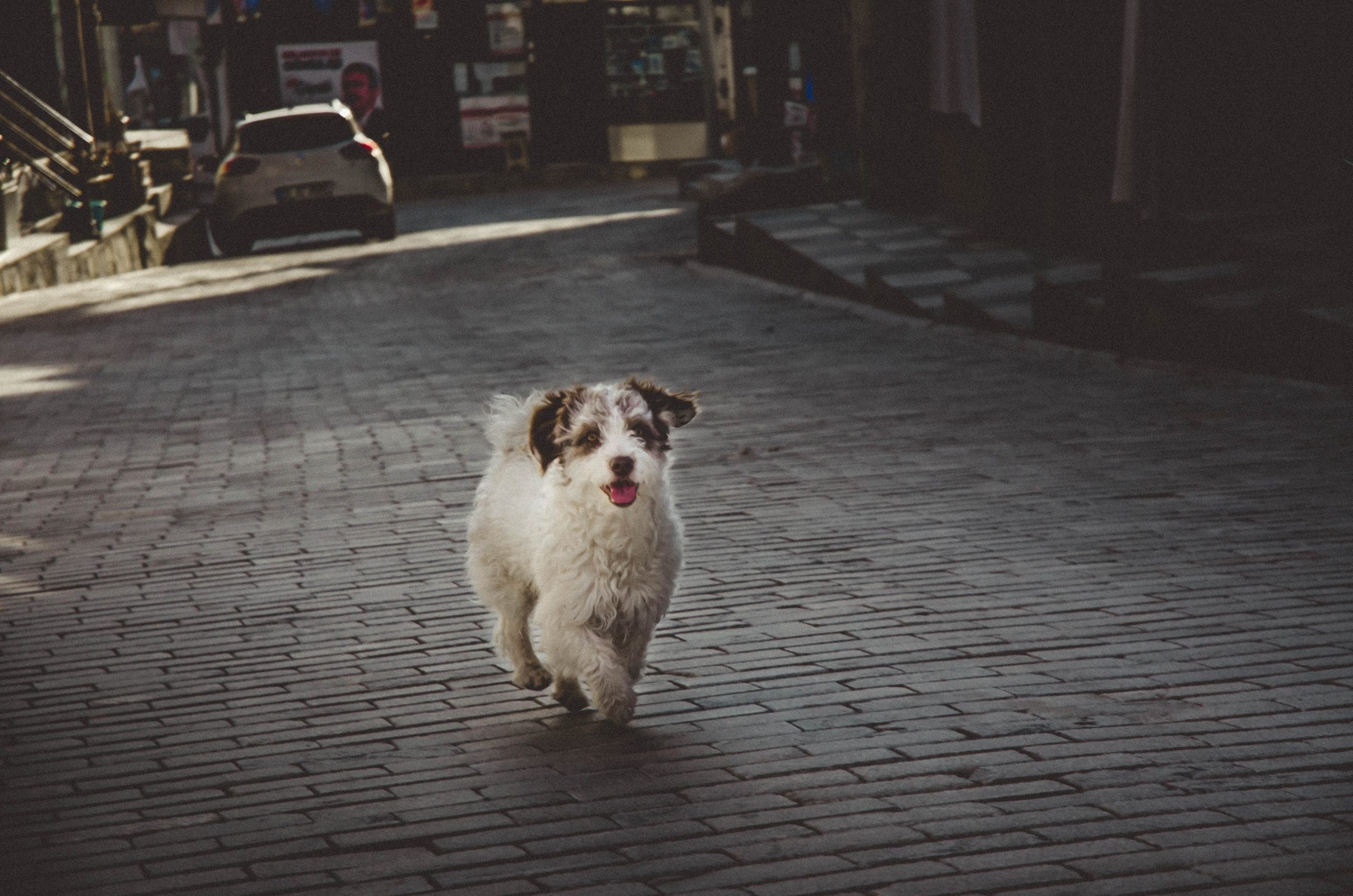
Why Do Dogs Eat Poop Dog Whisperer?
If you’re a dog owner, you might have experienced a moment of shock when you catch your furry friend indulging in a rather unsavory habit: eating poop. This behavior, known as coprophagia, can be unsettling and puzzling. While it might seem gross to us, it’s a common issue among dogs. Understanding why dogs eat poop…
-
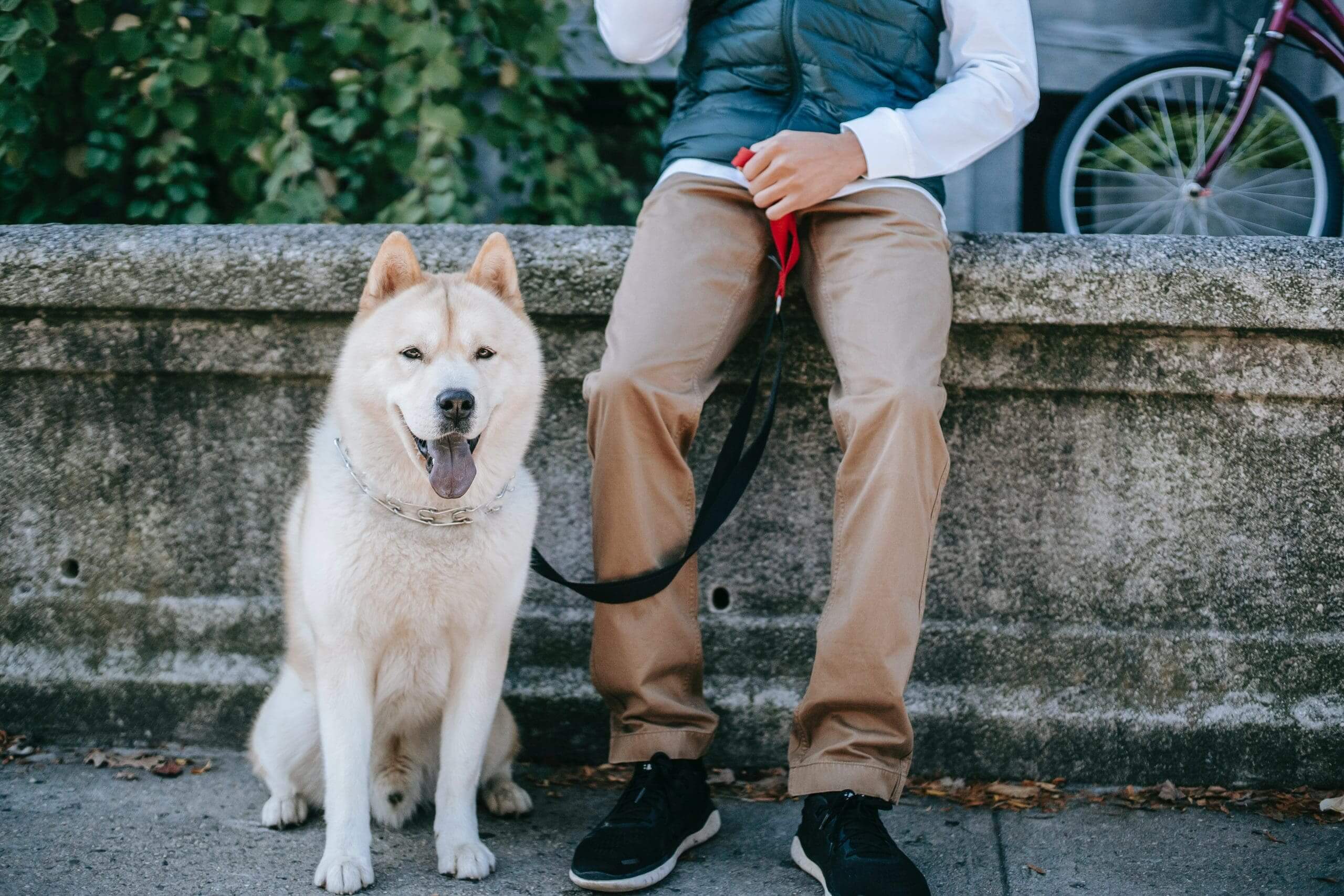
Why Do Dogs Dig On Beds And Couches?
Dogs often paw, scratch, or dig at beds and couches for a mix of instinctive, physical, and emotional reasons that influence how they choose resting places and interact with household furniture. Instincts and ancestral behavior Digging on soft surfaces traces back to den-making and prey-excavation behaviors in wild canids; natural dens typically have entrances roughly…
-

What Is A Group Of Dogs Called?
Groups of dogs are referred to using specific collective nouns that reflect their social structure, function, or context. Understanding the distinctions among these terms helps clarify whether the grouping is wild, domestic, working, or literary. Definition: Collective Nouns for Dogs A “group” in this context means two or more dogs that are spatially or functionally…
-
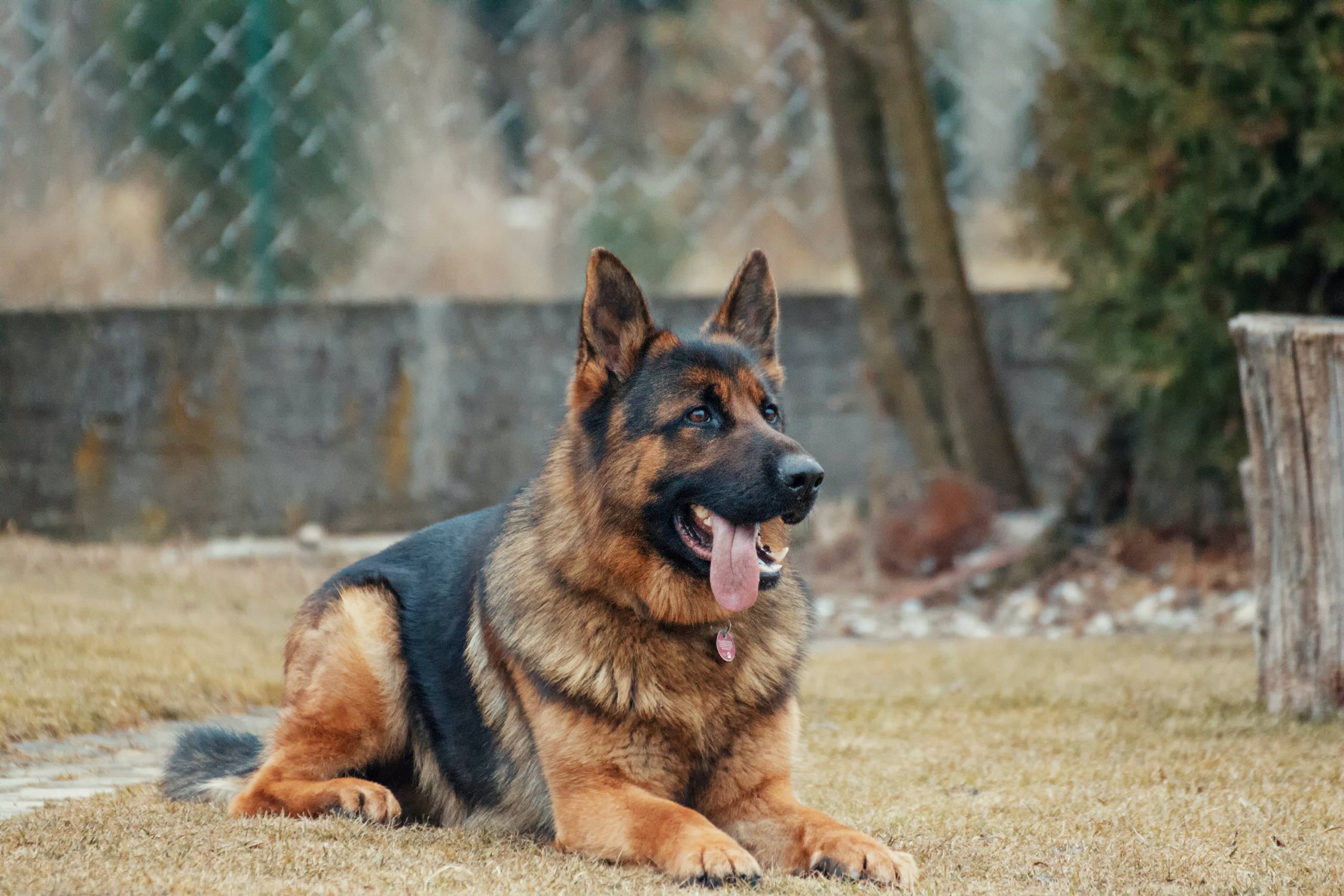
What Bones Can Dogs Eat?
Many dog owners consider offering bones for chewing or feeding, and understanding which types present lower versus higher risks helps with safer choices and supervision. Types of Bones Dogs Encounter Dogs may find bones in several broad categories that affect risk and handling: raw versus cooked, weight-bearing (dense) versus non-weight-bearing (porous), and whole bones versus…


